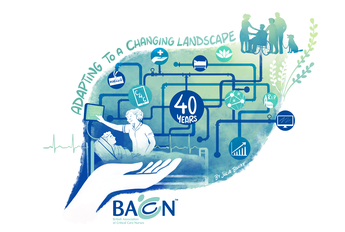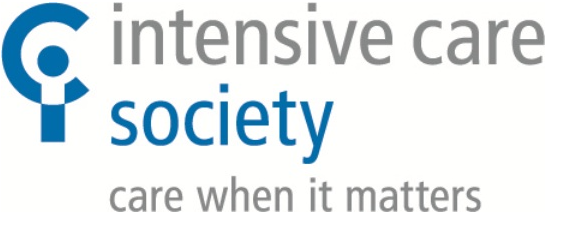Guidelines for the provision of Intensive Care services - Second Edition launched
28th Jun 2019
|
The Society and the Faculty of Intensive Care Medicine (FICM) are excited to launch the second edition of the Guidelines for the Provision of Intensive Care Services (GPICS). The first edition of GPICS (2015) was a landmark publication on behalf of the adult critical care community. It has become the definitive source for the planning, commissioning, delivery and quality enhancement of adult critical care services across the UK, including underpinning the visiting standards for the Care Quality Commission and the NHS England Service Specification for Adult Critical Care. We are delighted to have grown from 19 to 27 endorsing and supporting organisations, covering the multiprofessional team, interacting services, specialist societies and the devolved nations. Dr Stephen Webb said, “The importance of GPICS cannot be underestimated, its role is to improve the standards of care that critically ill patients receive and to reduce geographical variation. In practical terms GPICS is written to assist and support units to develop their services to deliver the highest quality patient care”. Dr Pete Macnaughton said, “We encourage all units to continue to use GPICS as the driver and focus for where to develop and enhance their local service for the benefit of patient care.” What is new in this edition? As the first ever full review of GPICS, we were afforded the opportunity to seek input directly from the critical care community. A full survey was conducted before revision began, learning lessons from where GPICS had been most successful and where it had areas to develop. During the revision process, we improved the geographical spread and diversity of authors – we thank them all for their hard work in making this work possible. The multiple stages of internal review, stakeholder input and open consultation gave us a significant amount of essential engagement, both challenging and affirming our first drafts. The second edition includes a number of new chapters including guidance for remote and rural units, capacity management, focused ultrasound and serious infection outbreak. The clinical topics have been incorporated into chapters relating to the provision of support for each of the main organ systems. Relevant, high quality, evidence based clinical guidelines produced by other professional bodies are signposted within these chapters. |







